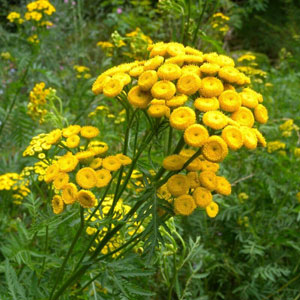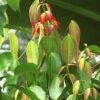Eucalyptus Radiata
4,00€ – 27,00€
Eucalyptus Radiata
Eucalyptus Radiata is commonly known as “narrow-leaved Peppermint” and contains a high percentage of cineol, also known as eucalyptol, popularly used to relieve colds and congestion.
Eucalyptus Radiata
Plant Part: Leaves
Extraction Method: Steam
Origin: Australia
History: Eucalyptus essential oil has long been used in homes in Australia. In Spain, the timber of Eucalyptus was used in construction.
Description: The Eucalyptus tree is beautiful; it is a tall evergreen that can grow up to 90 metres high (270 feet). The young trees have oval bluish-green leaves while the mature trees develop long, narrow, yellowish leaves, creamy-white flowers and a smooth, pale gray bark.
Color: Clear
Common Uses: Eucalyptus essential oil is fantastic on skin ailments (Burns, blisters, wounds, insect bites, lice, and skin infections), as well as to combat the effects of colds and the flu. There is also a history of Eucalyptus essential oil being applied to sore muscles and joints.
Consistency: Thin
Note: Top
Strength of Aroma: Strong
Blends well with: Pine, thyme, lavender, rosemary, marjoram, cedarwood and lemon.
Aromatic Scent: Eucalyptus has a very herbaceous scent. It also has soft wood undertones.
Cautions: Eucalyptus should be used in dilution, and avoided during pregnancy.
Eucalyptus oil differences
Eucalyptus Globulus Eucalyptus Globulus is fantastic on skin ailments (Burns, blisters, wounds, insect bites, lice, and skin infections), as well as to combat the effects of colds and the flu. There is also a history of Eucalyptus essential oil being applied to sore muscles and joints.
Eucalyptus Radiata Eucalyptus Radiata is commonly known as “narrow-leaved Peppermint” and contains a high percentage of cineol, also known as eucalyptol, popularly used to relieve colds and congestion. Eucalyptus Radiata is preferred over Eucalyptus Globulus because it is less harsh, more pleasant to inhale and less likely to irritate the skin. It can also be used on sore muscles and joints and also as an antiseptic. It has a crisp, clean, camphorous aroma with back notes of citrus/floral.
Related products

15,00€ – 45,00€









